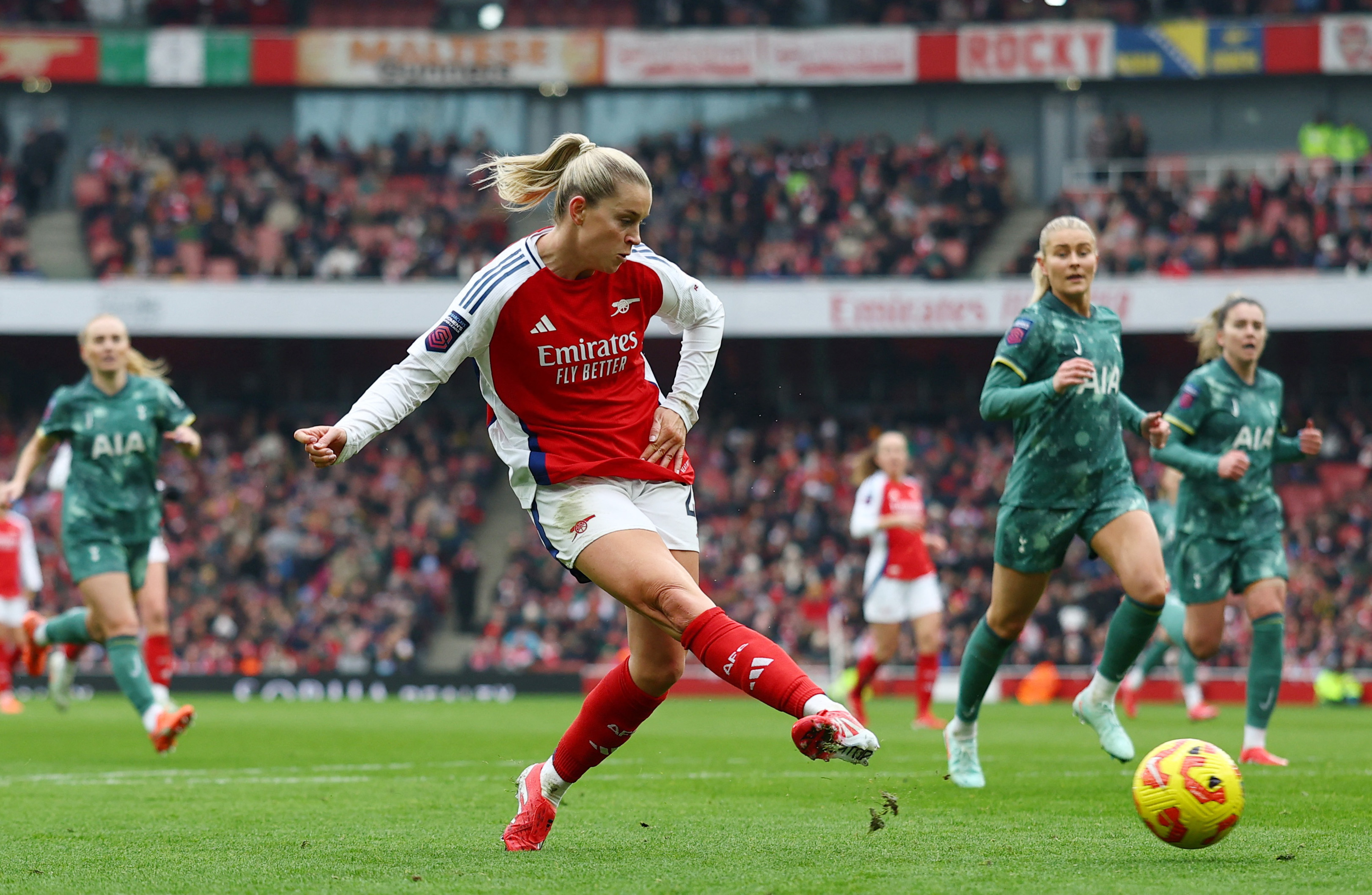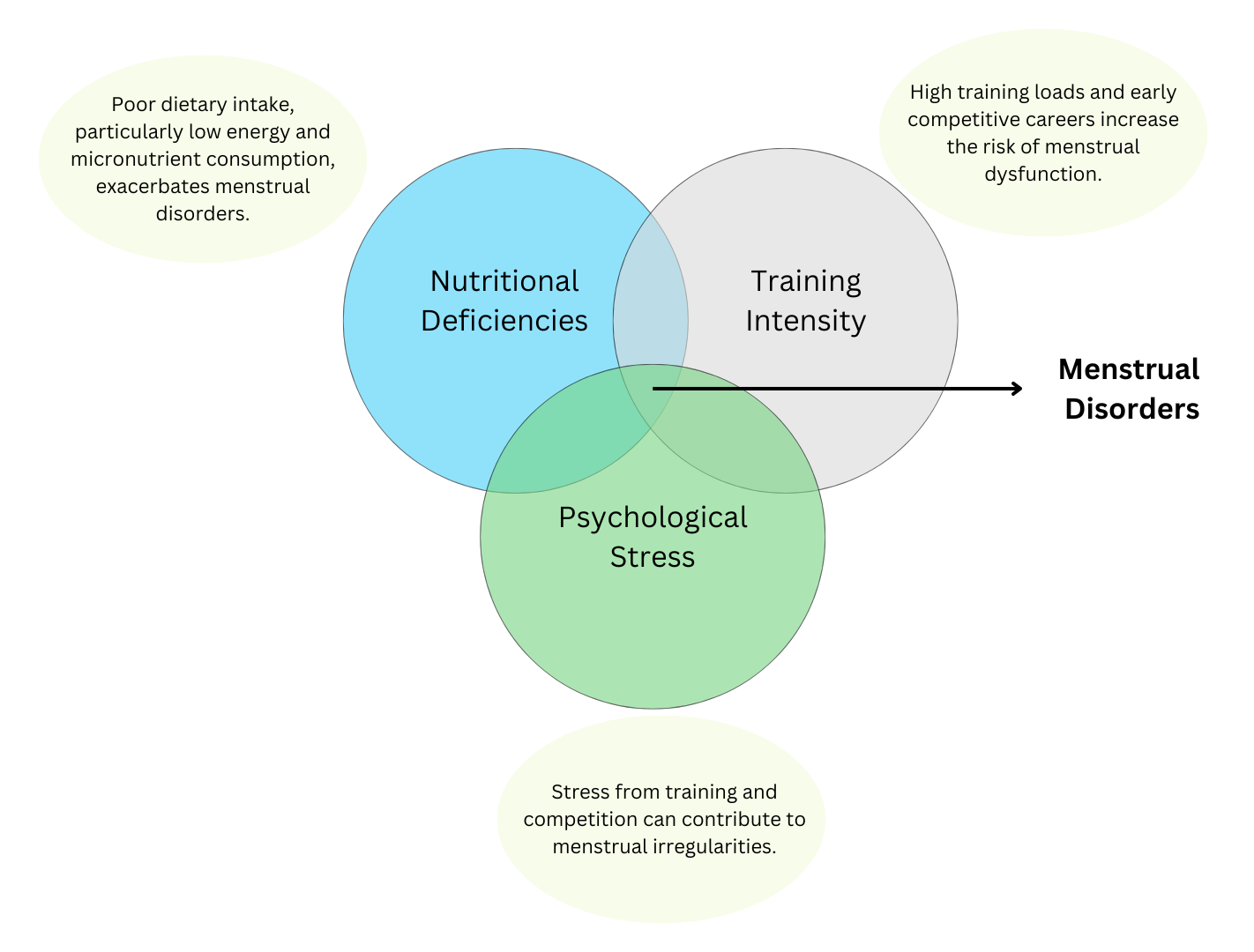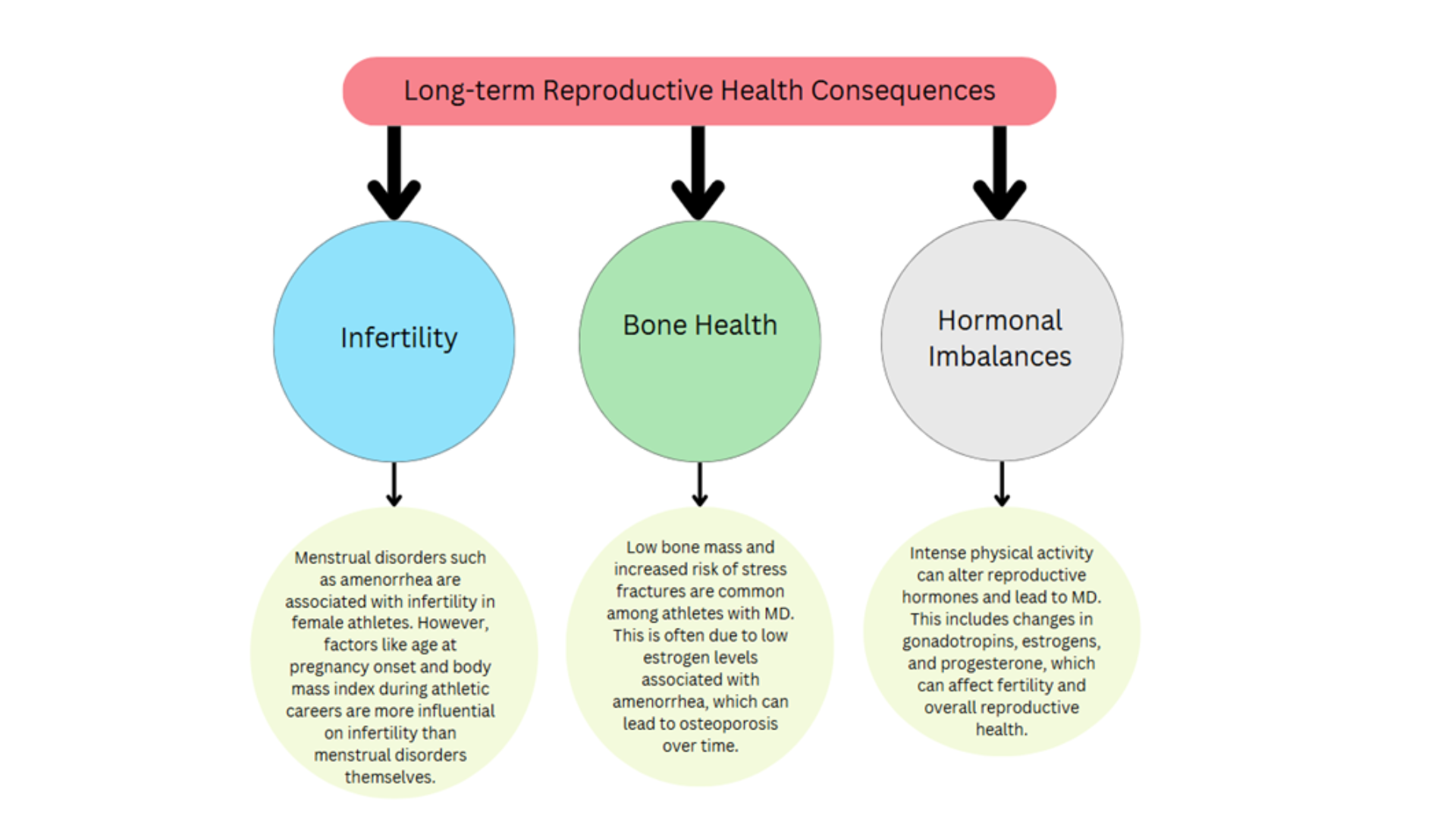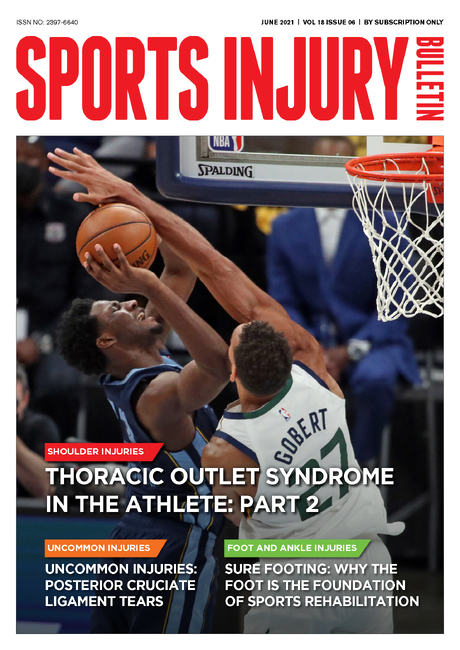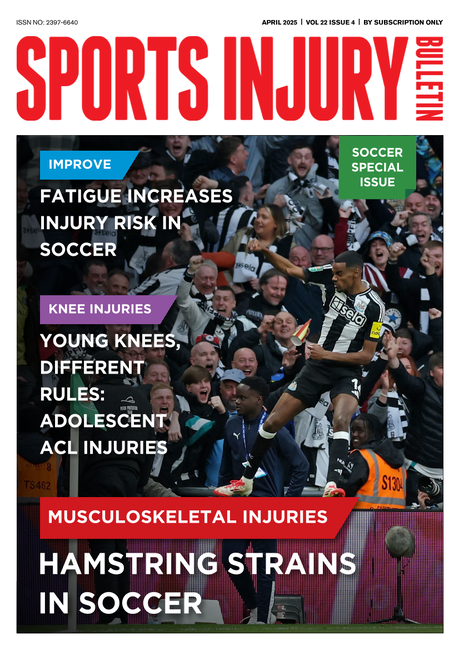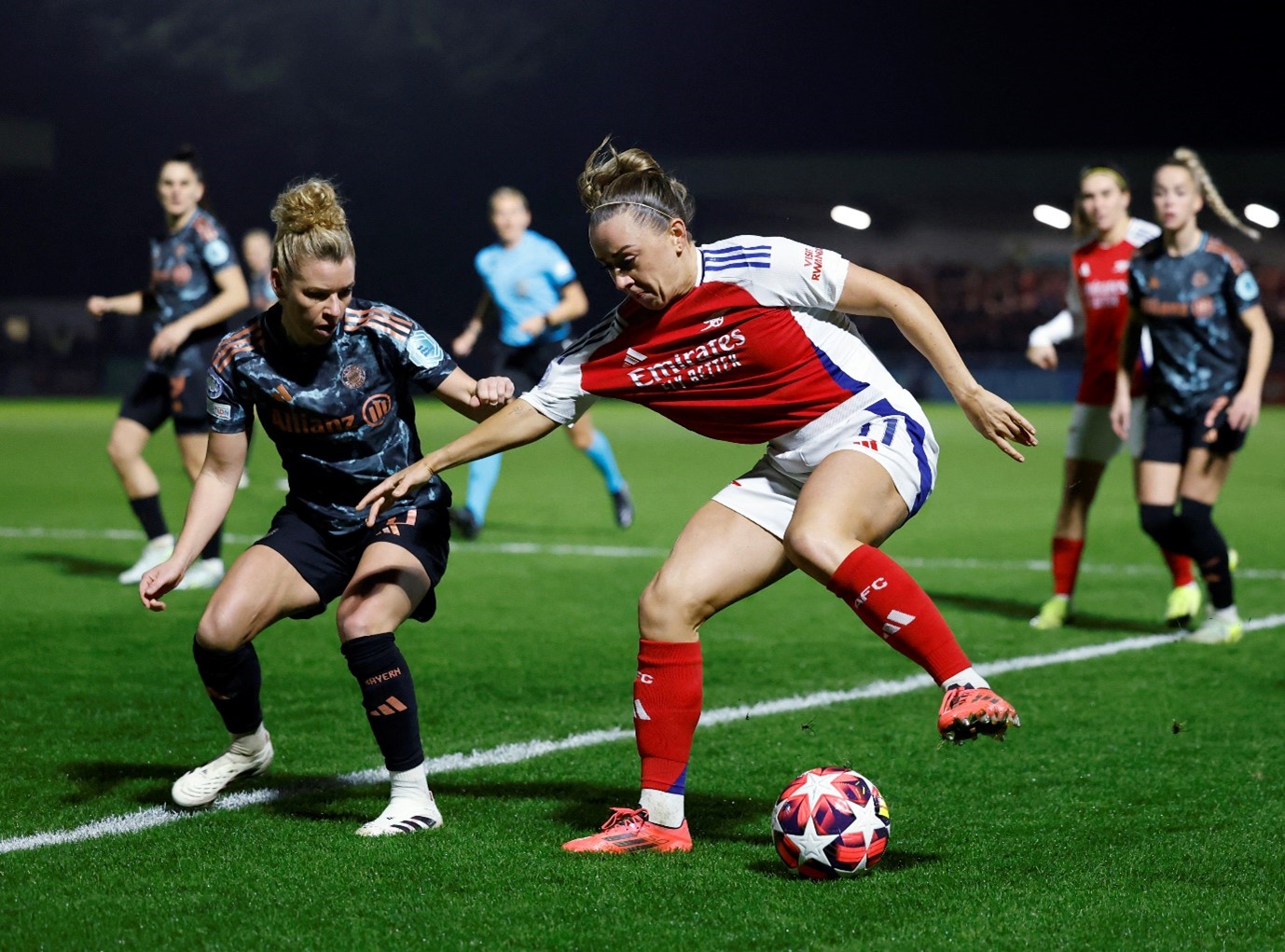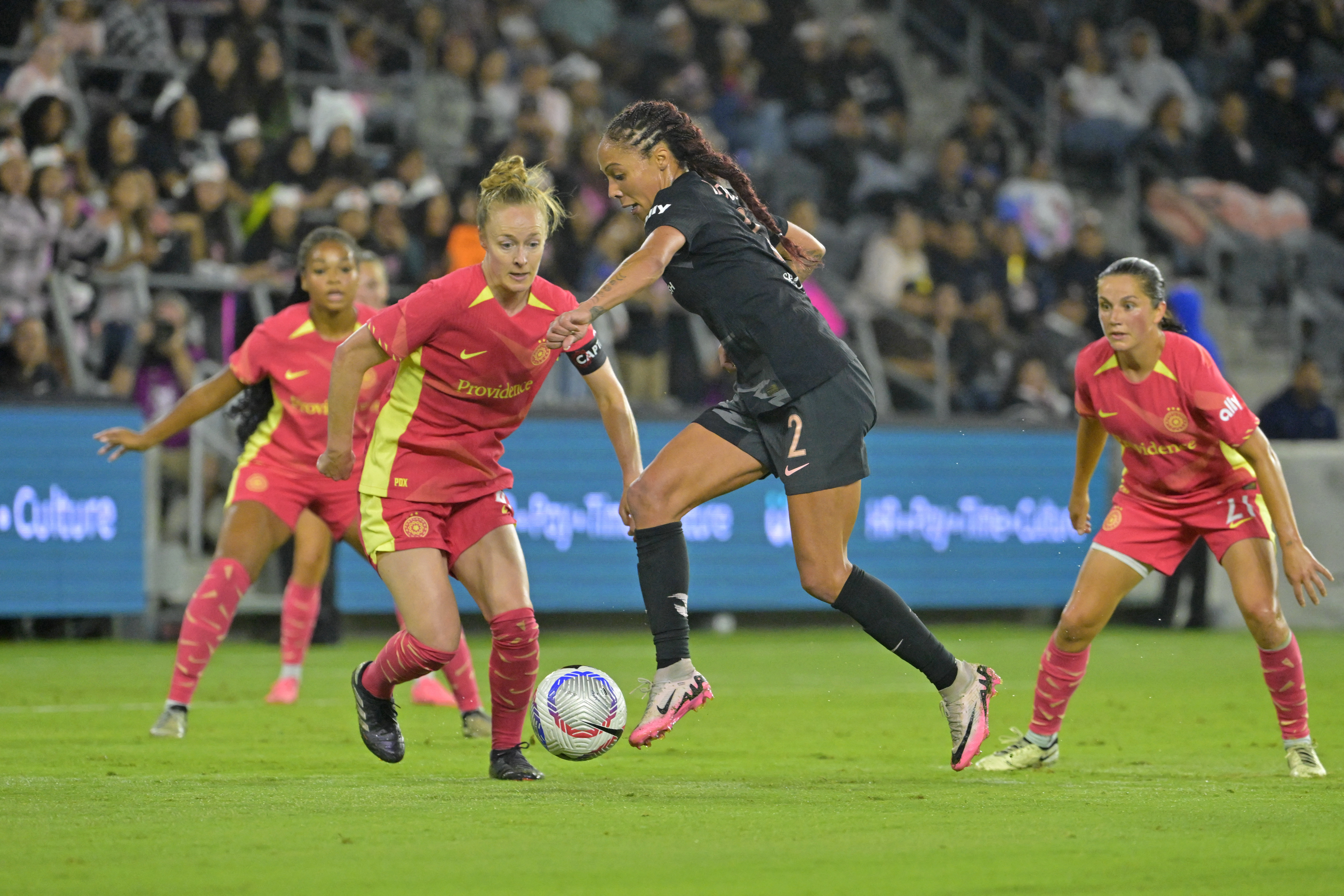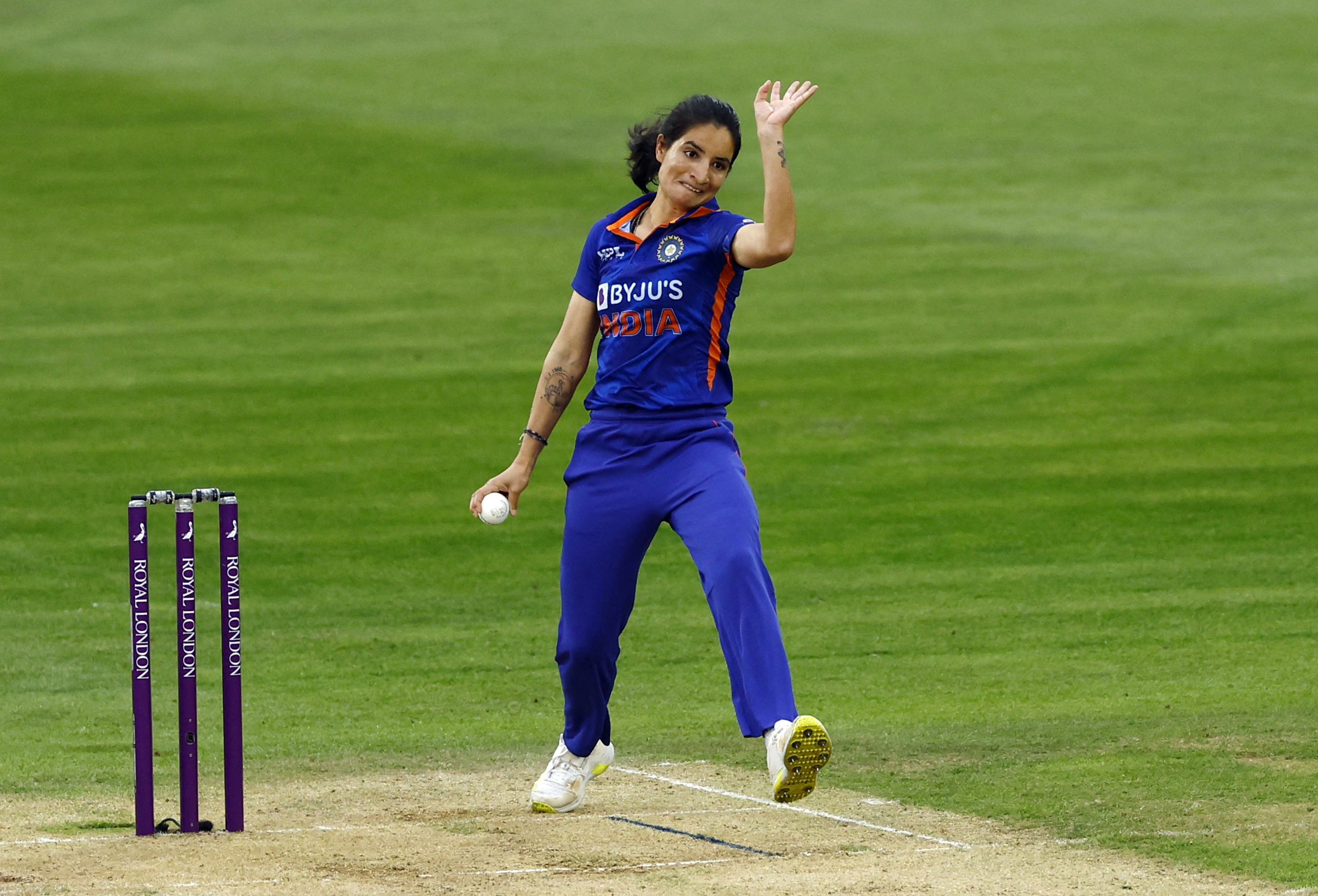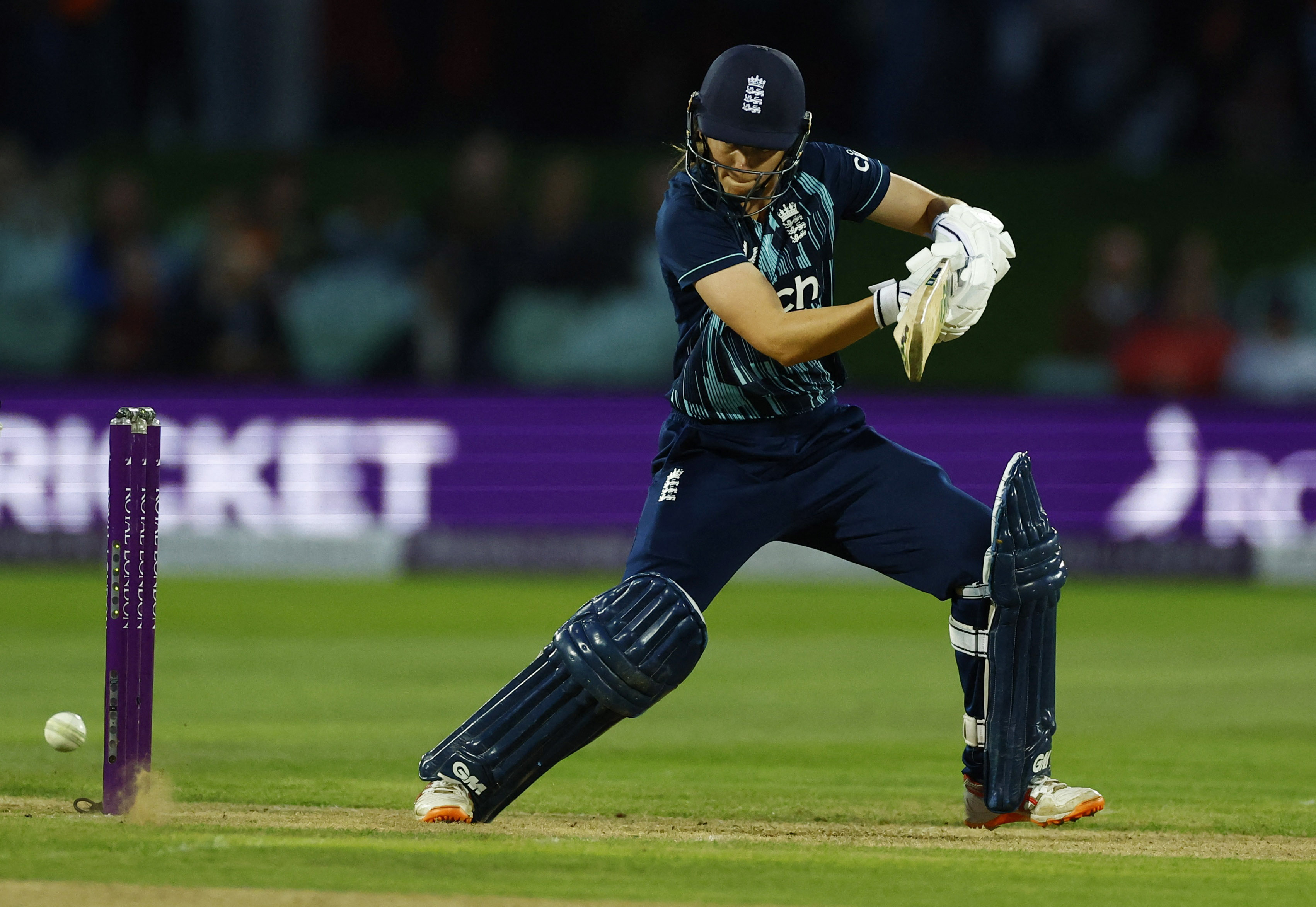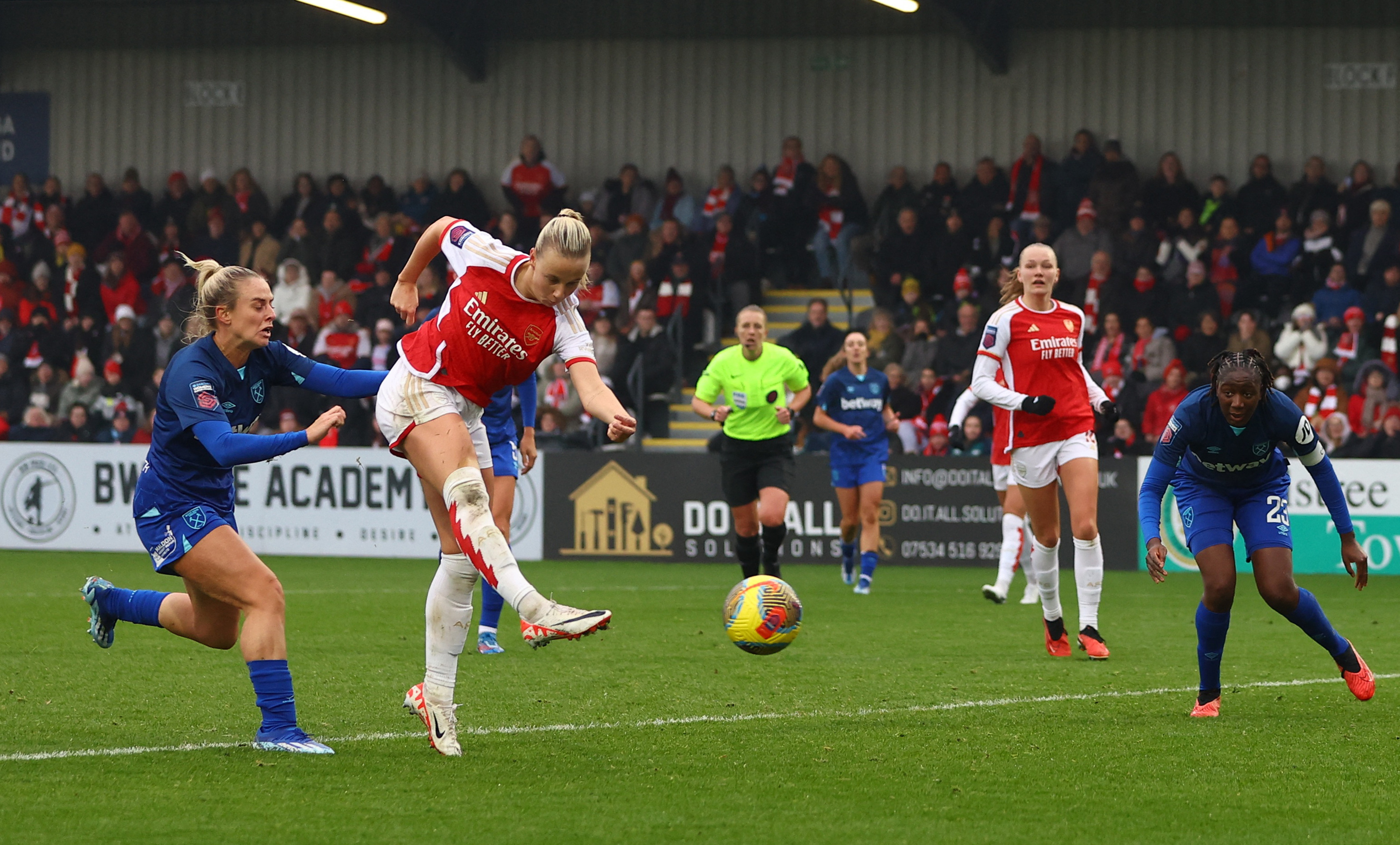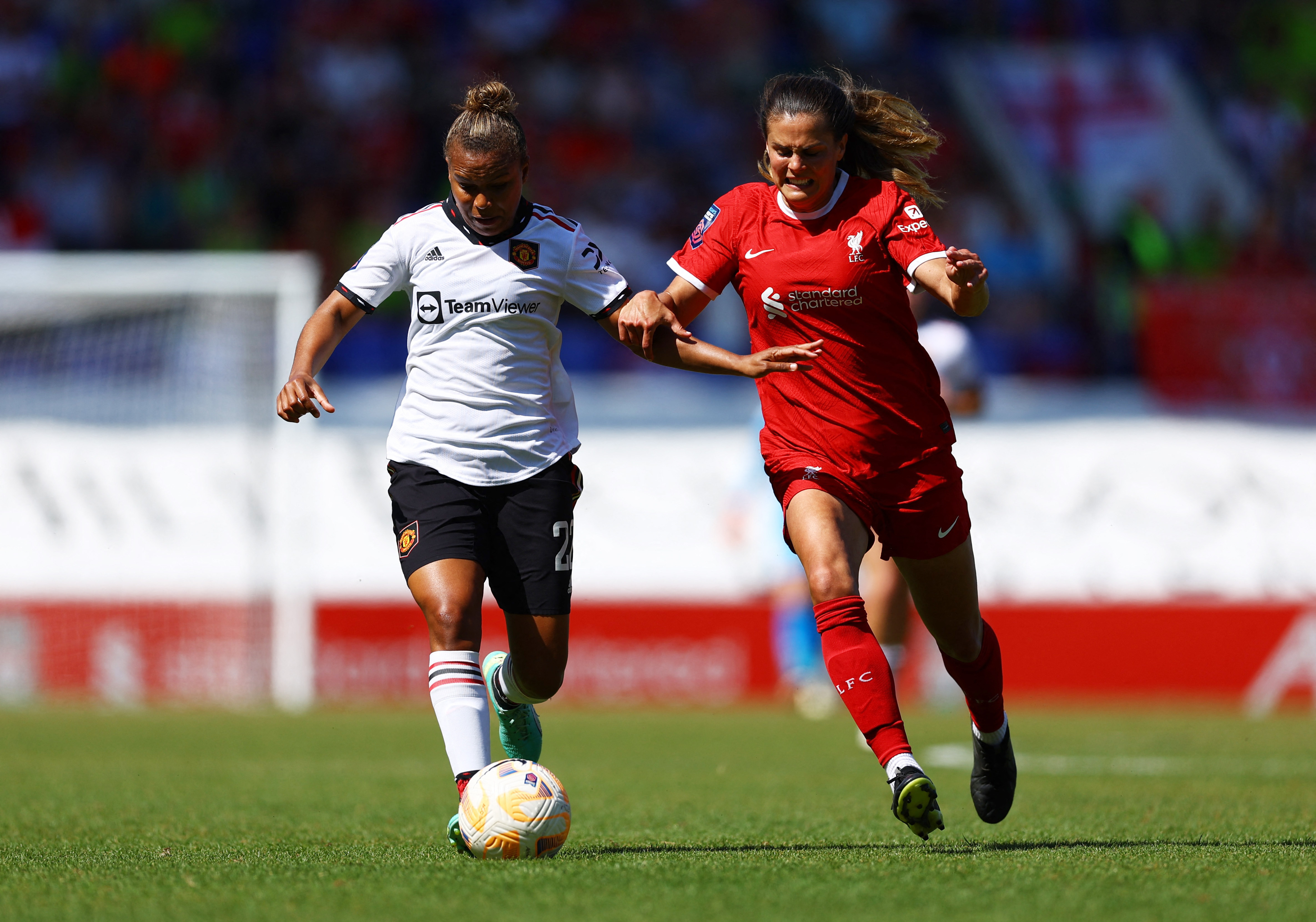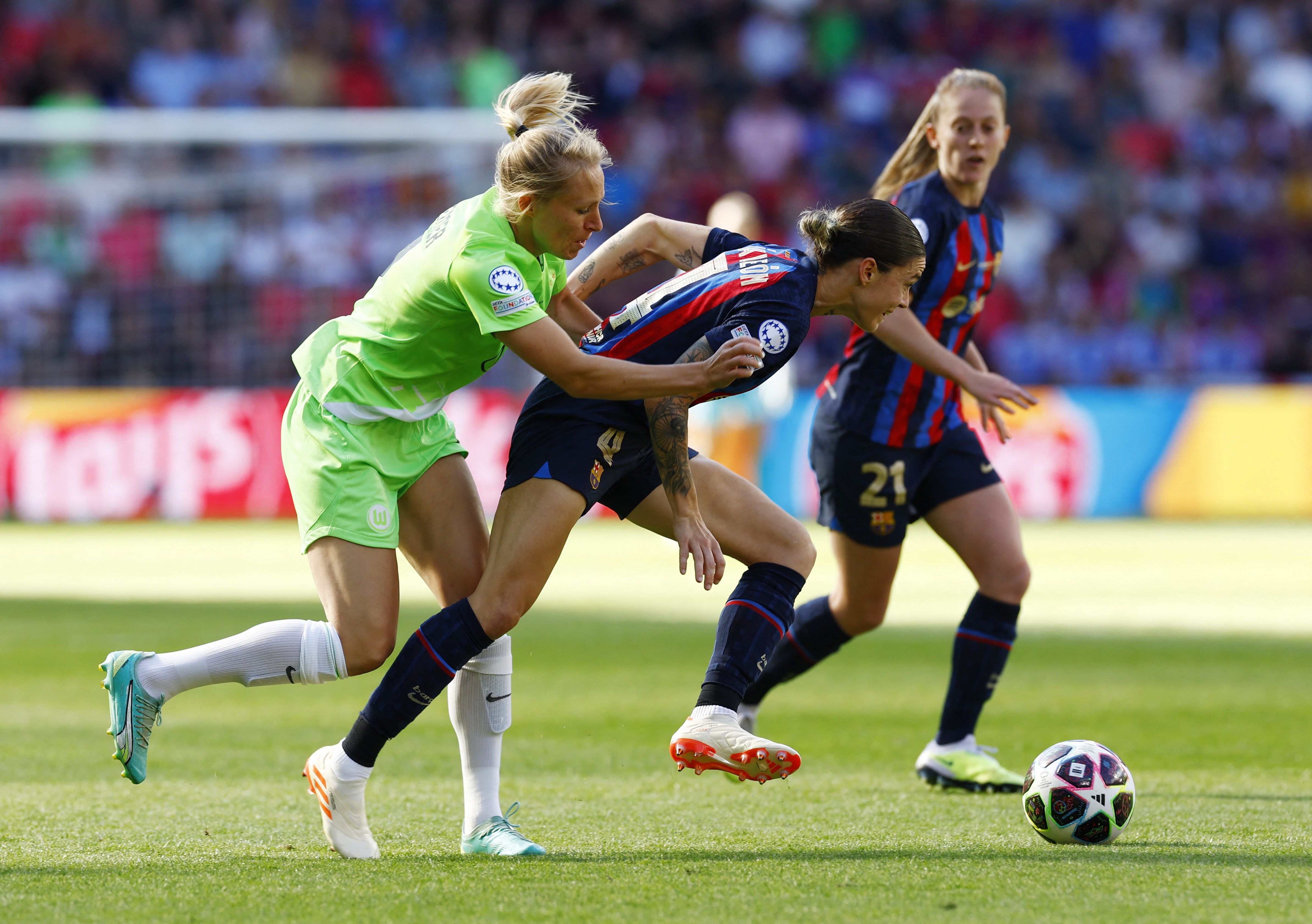You are viewing 1 of your 1 free articles
Beyond the Podium: Reproductive Health Matters
Reproductive health among female athletes is a critical yet often overlooked aspect of sports medicine and performance. Candice MacMillan explores the unique physiological demands placed on female athletes that can have significant implications for their reproductive well-being.
Arsenal’s Alessia Russo scores their fourth goal. Action Images via Reuters/Matthew Childs
Over the past 15 years, women’s sports have experienced a substantial evolution, finally offering female athletes the chance to pursue full-time professional careers. Like their male counterparts, female athletes face considerable pressure to sustain high-performance levels and retain their contracts. Consequently, elite female athletes often find themselves competing during their peak reproductive years, potentially forcing them to choose between family planning aspirations and continuing their athletic pursuits. This dilemma, which affects both their professional and personal lives, can stem from various factors, including sport-specific issues, worries about pregnancy and post-birth recovery, insufficient maternity policies, or a lack of job security in their employment agreements. This, in turn, has potential implications for their reproductive health.
“Menstrual disorders in female athletes can lead to long-term reproductive health issues, including infertility.”
Long-term Health Consequences
Menstrual disorders (MD) are prevalent among female athletes, particularly in aesthetic, endurance, and weight-class sports. There are high rates of amenorrhea among elite female athletes, which is likely to be associated with negative health outcomes(1). While amenorrhea represents the most extreme form of menstrual dysfunction in female athletes, other forms like oligomenorrhoea and luteal phase deficiency can also suppress estrogen levels and affect bone health and fertility(2). Factors contributing to MD among athletes include training intensity, nutritional deficiencies, and psychological stress (see figure 1).
The potential long-term consequences of MD can significantly impact athletes’ overall well-being and athletic careers (see figure 2).
Long-term Hormonal Contraceptive Use
Hormonal contraceptive (HC) use is prevalent among elite female athletes, and approximately 50% of athletes use some form of HC(9). The most commonly used types are combined oral contraceptives (CHC), followed by progestin-only methods such as implants and injections(9,10). The choice of contraceptive method can vary based on factors such as sport type and individual preferences. Long-term HC use has diverse effects on reproductive health, including reversible impacts on fertility, potential risks to bone health in adolescents, and a debated association with breast cancer risk. Long-term use of CHC can lead to reversible suppression of antral follicle count (AFC), which is an indicator of ovarian reserve(11). For example, a break from CHC use can improve AFC and potentially increase oocyte yield, suggesting that the suppression is reversible and fertility can be restored after discontinuation. Understanding these effects and providing comprehensive counseling can help women make informed decisions.
Fertility and Pregnancy
Elite athletes often face unique challenges during pregnancy and in the postpartum period. A study involving Norwegian elite athletes found no significant differences in fertility problems or pregnancy complications compared to active controls. However, athletes reported higher body dissatisfaction and drive for thinness postpartum, although the prevalence of eating disorders had decreased(12). Among retired female footballers, 25% were parents (1-3 children), and most fell pregnant in less than two years following the onset of desire for pregnancy(1). Some retired players gave birth during their playing career, and the mean time to return to competitive matches following delivery was 22 weeks. Despite the unique experiences of elite athletes during pregnancy and the postpartum period, various factors can hinder or support their journey through this life-changing event.
Barriers encountered by elite athletes during preconception and pregnancy include societal attitudes and a lack of support from sports organizations(13). The societal expectation that female athletes prioritize their careers over motherhood can lead to assumptions regarding their reproductive choices and health. This cultural narrative complicates the understanding of reproductive health and highlights the need for sex-specific post-retirement care. The lack of supportive sports policies for pregnant athletes highlights the need for evidence-based policies to support athletes during pregnancy(14). Enablers for pregnant and postpartum athletes include modified training strategies, family support, paid maternity leave, job security, travel support for caregivers and children, and accessible childcare(13,15).
“The lack of supportive sports policies for pregnant athletes highlights the need for evidence-based policies to support athletes during pregnancy”
Reproductive Health After Retirement
Overall, the reproductive health of retired female athletes is influenced by a combination of physiological, hormonal, and social factors. Persistent MDs from active sports careers, hormonal imbalances, and societal perceptions all play a role in shaping athletes’ reproductive health outcomes. Menstrual disorders during an athlete’s active career can persist until retirement, potentially affecting fertility. Former athletes with abnormal menstrual cycles have a higher rate of infertility treatment compared to those with normal cycles (17.1% vs. 10.2%)(16). This suggests that menstrual irregularities experienced during an athletic career may continue to impact reproductive health post-retirement. Among retired footballers, there are higher rates of amenorrhea and earlier onset of menopause compared to the general population(1).
Clinical Recommendations
- Educate athletes on the risks of low-energy availability, menstrual dysfunction, and bone health issues.
- Balance performance goals with overall health, avoiding excessive calorie restriction and overtraining.
- Clinicians should regularly screen for menstrual irregularities, bone density, and nutritional deficiencies.
- Implement a multidisciplinary team approach involving nutritionists, endocrinologists, and sports psychologists.
- Encourage open communication between athletes, coaches, and medical professionals.
- Sports organizations should develop and enforce policies that protect athletes’ long-term reproductive health, including policies related to preconception, pregnancy, and the postpartum period.
Conclusion
Menstrual disorders in female athletes can lead to long-term reproductive health issues, including infertility. These disorders are often associated with high training volumes, low energy intake, and hormonal imbalances. Addressing these factors through proper nutrition, stress management, and balanced training can mitigate these risks. Early recognition and intervention are crucial to preserve the reproductive health of female athletes. The need for supportive policies and evidence-based guidelines is clear, as is the importance of further research to better understand the unique needs of athletes who aim to become pregnant, pregnant athletes, and parent athletes.
References
1. BMJ Open Sport Exerc Med. 2024;10(3):e002028.
2. Sports Med. 2002;32(14):887-901.
3. Sports. 2024;12(9):245.
4. Dtsch Z Sportmed. 2022;73(7):225-234.
5. South Med J. 2009;102(6):557-558.
6. Clin J Sport Med. 2023;33(2):172-178.
7. J Clin Endocrinol Metab. 2014;99(11):4037-4050.
8. Maturitas. 2013;75(2):107-112.
9. Int J Sports Physiol Perform. 2020;15(10):1377-1384.
10. Int J Sports Physiol Perform. 2018;13(7):926-932.
11. J Assist Reprod Genet. 2017;34(9):1137-1144.
12. BMJ Open Sport Exerc Med. 2019;5(1):e000652.
13. Br J Sports Med. Published online August 28, 2024
14. Br J Sports Med. 2022;56(8):452-457.
15. BMC Pregnancy Childbirth. 2016;16(1):131.
16. Phys Sportsmed. 2024;52(2):175-180.
Newsletter Sign Up
Subscriber Testimonials
Dr. Alexandra Fandetti-Robin, Back & Body Chiropractic
Elspeth Cowell MSCh DpodM SRCh HCPC reg
William Hunter, Nuffield Health
Newsletter Sign Up
Coaches Testimonials
Dr. Alexandra Fandetti-Robin, Back & Body Chiropractic
Elspeth Cowell MSCh DpodM SRCh HCPC reg
William Hunter, Nuffield Health
Be at the leading edge of sports injury management
Our international team of qualified experts (see above) spend hours poring over scores of technical journals and medical papers that even the most interested professionals don't have time to read.
For 17 years, we've helped hard-working physiotherapists and sports professionals like you, overwhelmed by the vast amount of new research, bring science to their treatment. Sports Injury Bulletin is the ideal resource for practitioners too busy to cull through all the monthly journals to find meaningful and applicable studies.
*includes 3 coaching manuals
Get Inspired
All the latest techniques and approaches
Sports Injury Bulletin brings together a worldwide panel of experts – including physiotherapists, doctors, researchers and sports scientists. Together we deliver everything you need to help your clients avoid – or recover as quickly as possible from – injuries.
We strip away the scientific jargon and deliver you easy-to-follow training exercises, nutrition tips, psychological strategies and recovery programmes and exercises in plain English.
